Wild Hog Prevention
About Wild Hogs
Wild hogs are vivacious creatures and found plentiful in the United States, with an estimated four million of them living in the wild today. They are intelligent animals and have the ability to sense when they are in danger. They are most commonly found in the Southeast, but populations have been seen as far as Hawaii. Hunting wild hogs is currently legal in the majority of states and make for a good alternative game in seasons where deer are less readily available, and wild hogs currently stand as the second most popular hunted species of animal in the United States.
Dangers
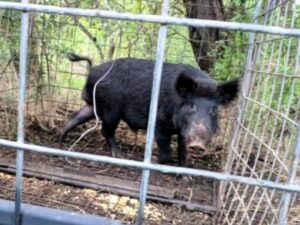

Preventing wild hogs from entering your property is a tough task, but not impossible. It is advised that the total population of wild hogs in the local area is removed to ensure total safety on your property. This is because of the rapid rate at which wild hogs can reproduce – female wild hogs breed on one or two occasions a year and have up to six babies each time. This emphasizes the importance of total eradication to ensure safety and to decrease their likelihood of return.
Lethal removal
The most common method of wild hog population control and pest control is lethal removal. This is any type of method that involves the ultimate death of the hog. This is in order to avoid the animal’s return to the property and includes shooting, snaring, and trapping. The method used is dependent on the location of the wild hog, its size, and its potential to cause harm. Lethal removal is a fantastic option to remove the imminent threat and will remove the wild hog immediately.
The most common form of lethal removal utilized when attempting to control wild hog(s) is shooting and trapping. Shooting is usually conducted aerially and is the most popular choice, especially when handling a large number of wild hogs. Trapping is the second most popular method, with the wild hogs being trapped and put down via euthanasia afterward.
Non-lethal removal
Other methods are available in order to prevent wild hogs from entering your property. Non-lethal methods that attempt to prevent one-off wild hogs or smaller populations are usually types of exclusion such as fencing. These methods remove the wild hog in the short-term but due to their temperamental nature, they’re likely to return. A combination of techniques should be implemented to control local populations in the long term. It is also important to research the restrictions in your area as this may affect the type of prevention that can be utilized (for instance, shooting may be illegal).
Select Your Animal



Raccoons
Raccoon Removal Information & How-To Tips



Squirrel
Squirrel Removal Information & How-To Tips



Opossum
Opossum Removal Information & How-To Tips



Skunks
Skunks Removal Information & How-To Tips
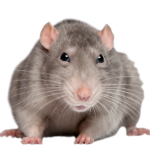


Rats
Rat Removal Information & How-To Tips



Mouse
Mouse Removal Information & How-To Tips



Bat
Bat Removal Information & How-To Tips
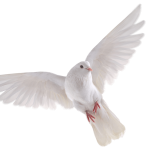


Bird
Bird Removal Information & How-To Tips



Snake
Snake Removal Information & How-To Tips



Beaver
Beaver Removal Information & How-To Tips



Mole
Mole Removal Information & How-To Tips
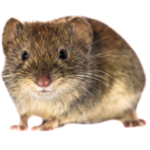


Vole
Vole Removal Information & How-To Tips
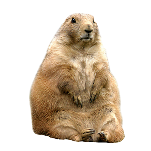


Gopher
Gopher Removal Information & How-To Tips



Rabbit
Rabbit Removal Information & How-To Tips
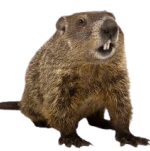


Woodchuck
Woodchuck Removal Information & How-To Tips
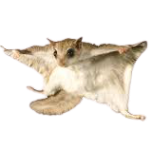


Flying Squirrel
Flying Squirrel Removal Information & How-To Tips



Chipmunk
Chipmunk Removal Information & How-To Tips



Coyote
Coyote Removal Information & How-To Tips
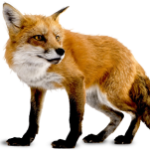


Fox
Fox Removal Information & How-To Tips



Wild Hog
Wild Hog Removal Information & How-To Tips
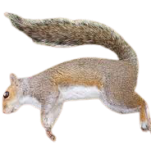


Dead Animal
Dead Animal Removal Information & How-To Tips